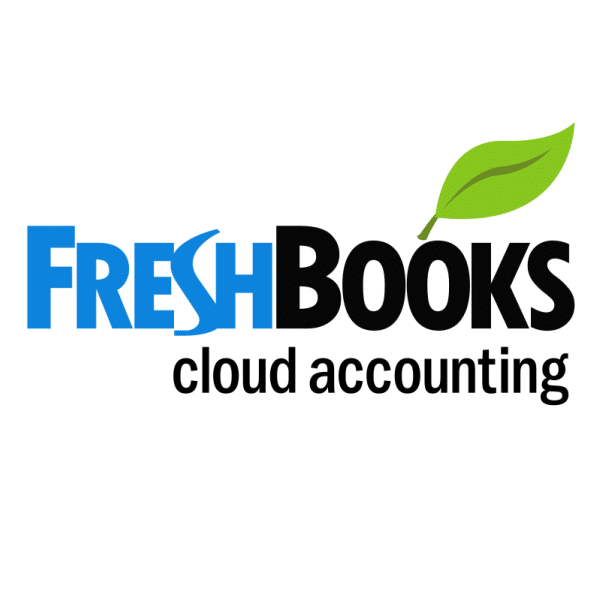We may earn a commission if you click on a product link and make a purchase at no additional cost to you. For more information, please see our disclosure policy.
Last Updated on November 27, 2024
Introduction
In today’s rapidly evolving regulatory landscape, companies face increasing pressure to maintain accurate and up-to-date records for audit and compliance purposes. Traditionally, organizations have managed these processes through disparate systems, leading to inefficiencies and a higher risk of errors. However, adopting a centralized system can significantly alleviate these challenges. This article will explore how centralized systems help solve audit and compliance issues, providing a comprehensive overview of their advantages, real-life examples, and future implications.
Easy-to-Use Accounting & Bookkeeping Features. Invoicing and Accounting Tools Built for Any Sized Business
Benefits of a Centralized System
Implementing a centralized system for audit and compliance offers numerous advantages. One of the most significant benefits is consolidating all compliance-related data and processes into a single, unified platform. This centralization eliminates the need for multiple, disconnected systems, reducing the risk of inconsistencies and errors in data management.
Some companies have leveraged centralized systems to enhance their audit and compliance efforts. These companies can easily track and manage compliance requirements by unifying their processes, ensuring they meet regulatory standards without missing critical deadlines or overlooking essential details.
Unlock the power of a centralized system to tackle audit and compliance challenges head-on. Streamline processes, ensure accuracy, and stay ahead of regulations with ease. #Audit #Compliance #BusinessSolutions #RegTech #EfficiencyClick To TweetStreamlining Processes and Enhancing Data Accuracy
A centralized system allows organizations to streamline their audit and compliance processes, making them more efficient and less time-consuming. A centralized platform enables real-time monitoring and reporting by automating routine tasks and integrating data from various departments, significantly reducing the administrative burden on compliance teams.
Additionally, a centralized system enhances data accuracy by providing a single source of truth.
Having all compliance data stored in a single location simplifies ensuring consistency and accuracy organization-wide. This minimizes the chances of differences and guarantees that every party can obtain the latest and most precise data.
Centralized systems also typically include advanced analytics and reporting tools. With just a few clicks, these characteristics enable organizations to create detailed reports, offering valuable information on compliance performance and pinpointing areas for enhancement. Access to current compliance status allows organizations to address potential issues before they become more significant problems, helping them stay compliant with regulations.
The Future of Audit and Compliance
As technology advances, the future of audit and compliance will likely be shaped by further innovation in centralized systems. New technologies like AI and ML are anticipated to improve these systems significantly, offering organizations more advanced tools for handling compliance.
Artificial intelligence (AI) and machine learning (ML) can analyze vast compliance data, identifying patterns and trends that may indicate potential risks. This allows organizations to proactively approach compliance by addressing issues before they become more serious. Furthermore, these technologies can automate more intricate compliance duties, thus releasing resources and enabling compliance teams to concentrate on more valuable tasks.
Blockchain technology has the potential to impact audit and compliance areas. By offering a transparent and unchangeable record of transactions, blockchain can improve data integrity and decrease fraud risk. This technology can be particularly beneficial for organizations operating in highly regulated industries, where maintaining accurate and tamper-proof records is critical.
Conclusion
In conclusion, adopting a centralized system for audit and compliance offers numerous benefits, including streamlined processes, enhanced data accuracy, and improved efficiency. By unifying compliance efforts into a single platform, organizations can better manage their regulatory requirements, reduce non-compliance risk, and respond more effectively to audits.
As real-life examples demonstrate, centralized systems have effectively addressed audit and compliance challenges for various organizations across different industries. Looking ahead, advancements in technology such as AI, ML, and blockchain promise to further enhance the capabilities of centralized systems, providing organizations with even more powerful tools to manage their compliance efforts.
Related posts:
Joey Trebif is the pen name of Mark Fiebert, a former finance executive who hired and managed dozens of professionals during his 30-plus-year career. He now shares expert job search, resume, and career advice on CareerAlley.com.









